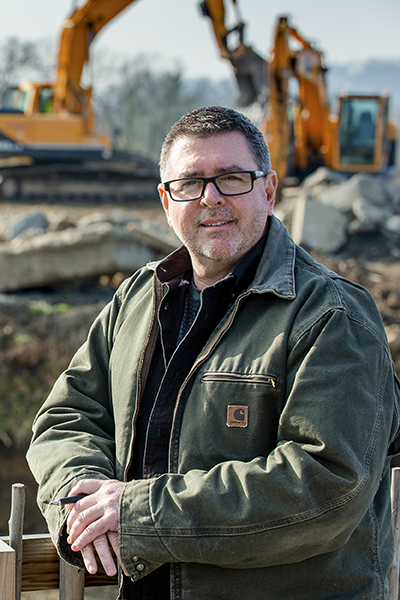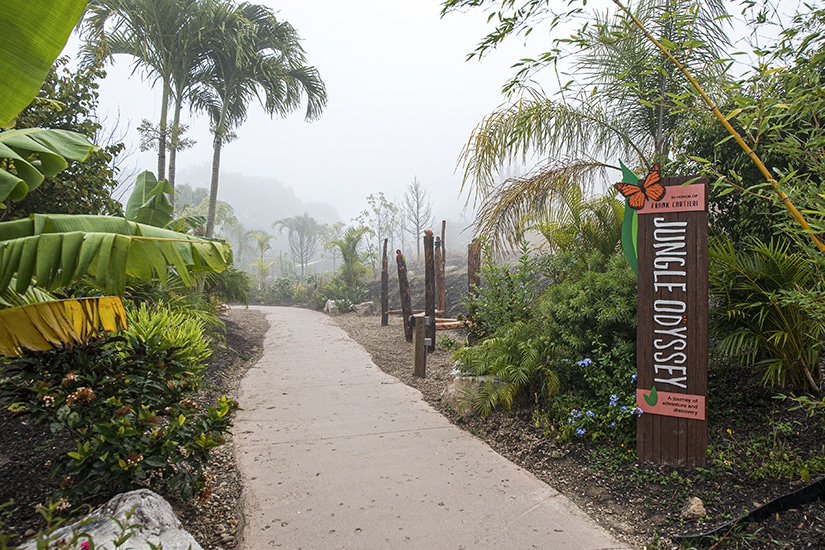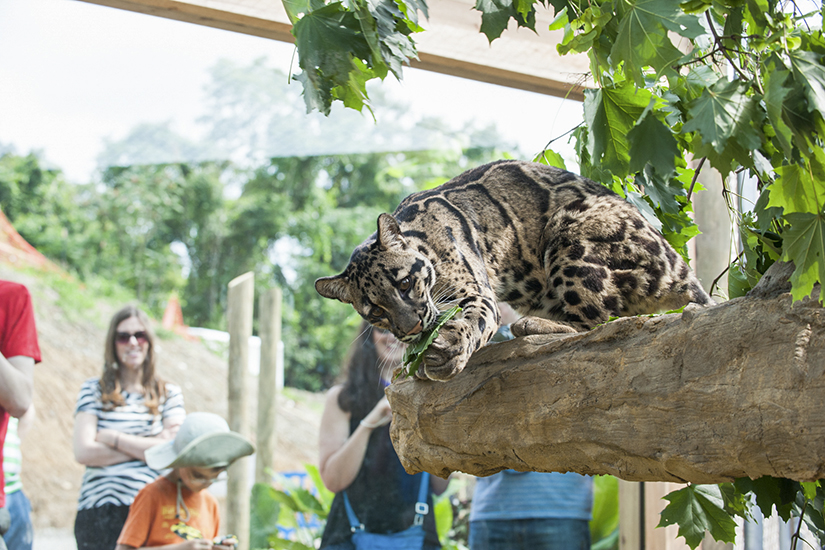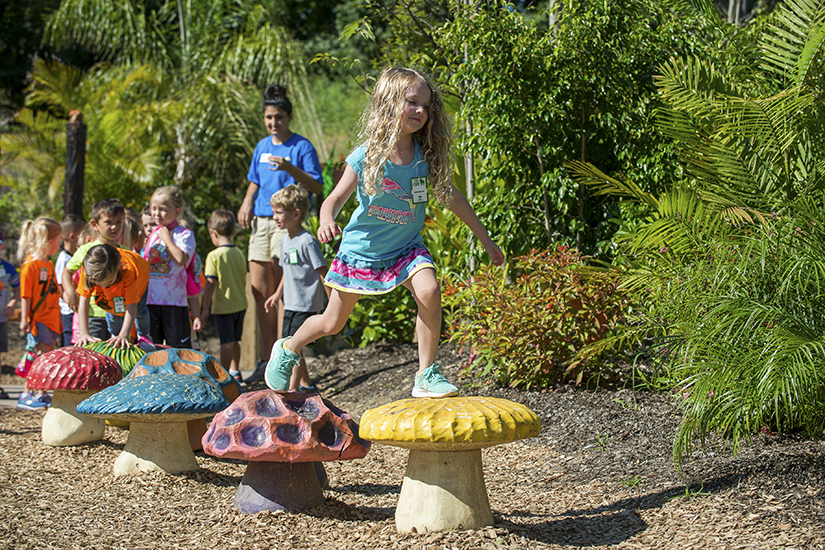|
Getting your Trinity Audio player ready...
|
“I’m like a moth to light when it comes to unique projects,” says Brad Smith, vice president of facilities, construction, and design for the Pittsburgh Zoo & PPG Aquarium. The simile makes sense: Smith has always been someone ready to take on complex projects, whether that’s building cars from scratch or building exhibits for leopards and giraffes. And at the Pittsburgh Zoo, Smith is able to let that passion take flight as he helps design and construct its always-evolving landscape—one that mimics the evolution of nature itself.

Growing up in the countryside of Pennsylvania, Smith always considered working with his hands a hobby. “There was no guy to call—you were that guy,” he remembers. And that work ethic stayed with him for the rest of his life, gifting him with a knack for woodworking in high school, guiding him to apply for a handyman job at a gas station at the age of 15 (even if that meant lying about his age), and encouraging him to break from the family tradition and attend college at Point Park University.
Each hands-on experience that Smith acquired during his adolescent and young adult years informed the rest of his career, as did the mentors he encountered that encouraged him to get where he is today, starting as an architectural designer for JCPenney and working his way up to president of BSmith Consulting Inc.
“I had a blue-collar home life and a white-collar professional life,” he says. “I’ve been able to successfully meld those two things together: I can work with contractors and I can work with architects; I can wear a tuxedo, or I can wear biker clothes. I’ve had the right people in my life pushing me in the right direction.”

These attributes come in handy in Smith’s current role as he oversees planning and execution of everything built across the zoo’s 77-acre campus. His latest undertaking, the Top of the World exhibit, is as much an interactive experience as it is an informative one, featuring immersive displays of oceans, mountains, and rainforests that showcase endangered and threatened species in their respective environments.
The project, which began in 2014, has been unfolding in four different phases, each of which will create a new simulated landscape that immerses patrons in the habitats of native creatures. Currently, the zoo offers several opportunities for visitors to interact with “ambassador animals,” who are trained and comfortable being up close and personal with guests.
People can not only have personal encounters with cheetahs and giant anteaters, but on weekends with perfect temperatures, the zoo even uses snow machines to create a trail for penguins to parade in front of visitors’ eyes. The goal of these exhibits, Smith explains, is to give the zoo’s patrons something to remember once they leave, and to encourage them to be mindful of how they interact with the environment.

“To me, it’s all about impacting and educating,” Smith says. “Providing a guest experience that leaves with them and hopefully makes a change in their lives. Creating a connection between guests and endangered species makes the experience more personal and provides a greater opportunity for buy-in to make a difference themselves.”
Phase three of the Top of the World project—an exhibit devoted to educating about conservation and research—is currently underway. “We are moving about 18,000 yards of earth, importing about 3,000 yards of topsoil, planting over 650 trees and shrubs, implementing water conversation measures, and building the first green wall of its kind in this area,” explains Smith. The finished green wall will be 350 feet long and about 14 feet tall, built with the help of FlexMSE, a vegetative utility wall infrastructure.

The zoo’s conservation efforts don’t stop there, however. Smith explains that everyone on the zoo’s campus, from President and CEO Dr. Barbara Baker to the maintenance staff and contractors that Smith oversees every day, is conscious of the organization’s impact on the environment. Buildings are renovated and repurposed every 20 years or so, rainwater is collected and recycled to nourish the plants around campus, trees are planted on top of buildings to reduce the carbon footprint, and the 1.2 million gallons of exhibit water that the zoo houses is recirculated, treated, and cleaned.
Smith says that every day is something new, switching from planning the renovation of new exhibits at the zoo to assisting in the transport of animals to other wildlife facilities. His job is always interesting, but when he can see his efforts in action is when he remembers it’s worth it.
“It’s difficult to explain, but it makes sense when you see it,” he says. “When you see a visitor’s reaction to a clouded leopard leaping about or to a giant anteater taking a bath; when you see the guests with looks of surprise, laughter, and enjoyment, it all makes sense—and you know you made the right decisions.”
Did You Know?
- One otter at the zoo costs about $35,000 a year to feed. Why? They eat high-quality seafood for every meal of the day.
- Endangered and threatened species making up a whopping 95 percent of zoo residents. Hosting them protects them from poaching or habitat destruction in their native lands.
- The clouded leopard is a direct descendent of the saber-toothed tiger. It can walk vertically down trees because it can rotate its paws.
- The male giraffe at the zoo is named Louis. He remembers people who feed him treats and will come to greet you if you are lucky enough to be his friend.


